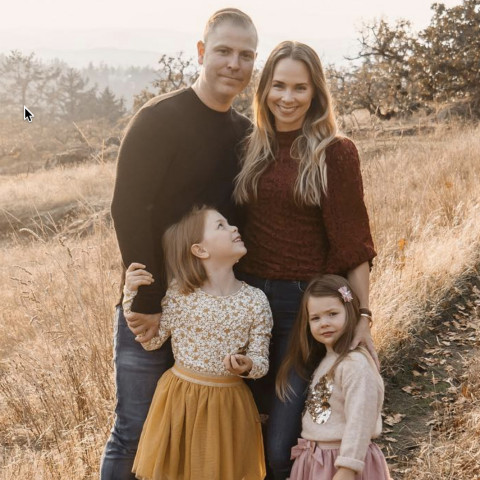
Before you decide on selling anything online, you need to first determine who your customer is, what they often purchase, and why they are purchasing online.
This is called "customer comprehension". The better you understand your customer, the easier it will be to sell stuff to them. Obviously, at the core of any business, the ultimate goal is to create a profit. To create a profit, you must have customers and you must be able to sell to these customers.
One of the most common mistakes I see people make is promoting to a customer (or audience) before they fully understand who their audience is. It is very easy to waste money promoting what you "think" people want, rather than what they are actually looking for.
Don't make assumptions on your customers, gain an understanding. You will be much more successful.
Before we go any further, we need to understand the steps someone takes between the time they learn of a product or service, to the time that they actually make a purchase. That is what my goal is to help you understand.
Let's look at some known facts about a customer:
(1) Customers rarely buy on their first point of contact to a product
(2) It typically takes a person 7 times (this could be website visits, email newsletter, etc.) before they make a purchase online.
(3) Customers do not buy from people they don't trust
(4) Customers are exchanging "money" for something that will improve upon their existing situation
(5) Customers have more access to product information and reviews than they ever have
(6) Most customers can see through scammy promotions, in fact are turned off
I am going to show you how to catch people later in their buying cycle so you can increase your chances of someone "buying" versus having to walk them through all points of contact. This will simplify the selling process drastically!
There was no need to jot down or take notes here. My interest has also reached a new level..
"LOVE IT"
Thanks
One of the most common mistakes I see people make is promoting to a customer (or audience) before they fully understand who their audience is.
I find this to be true: Even people on facebook find it hard to give a simple (Like). Interesting! It then becomes a good subject: Who are we selling to, when it comes to customers?













